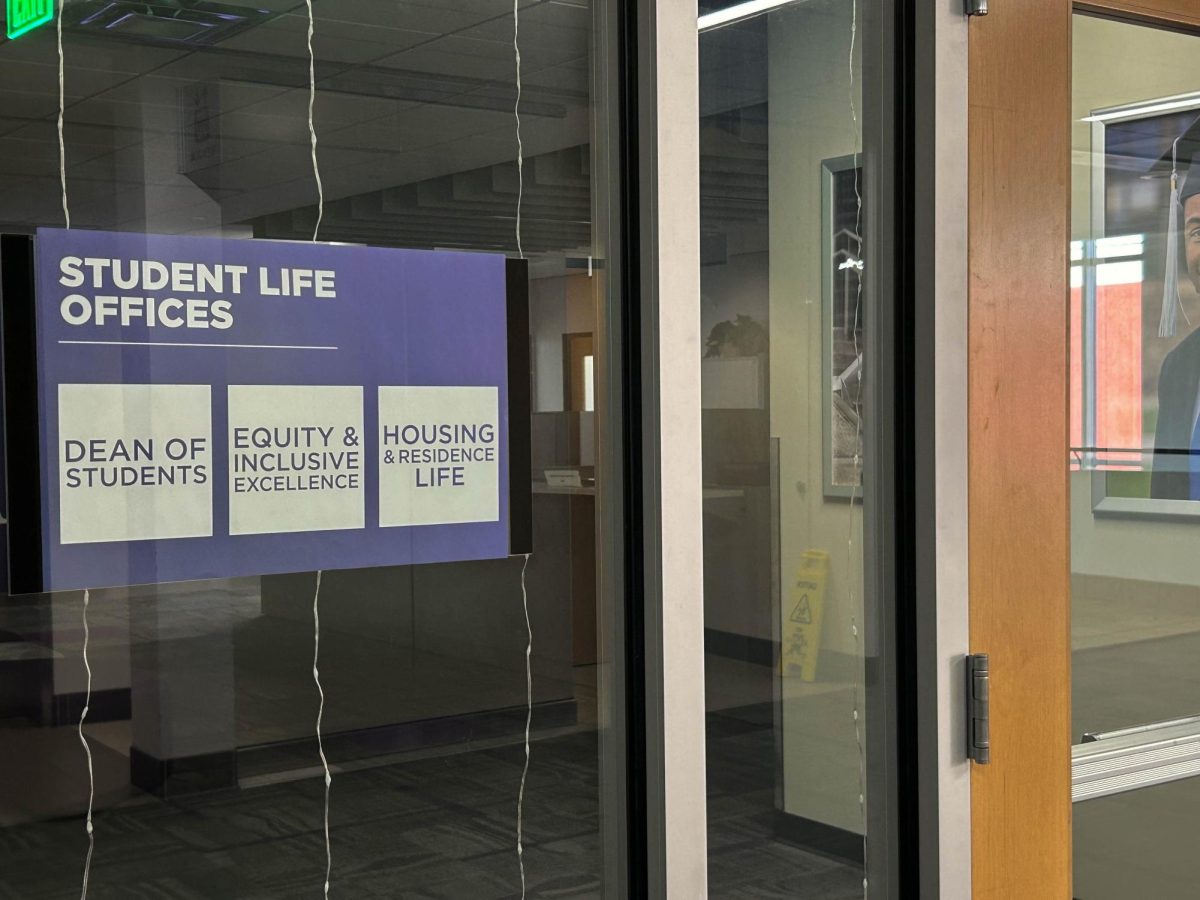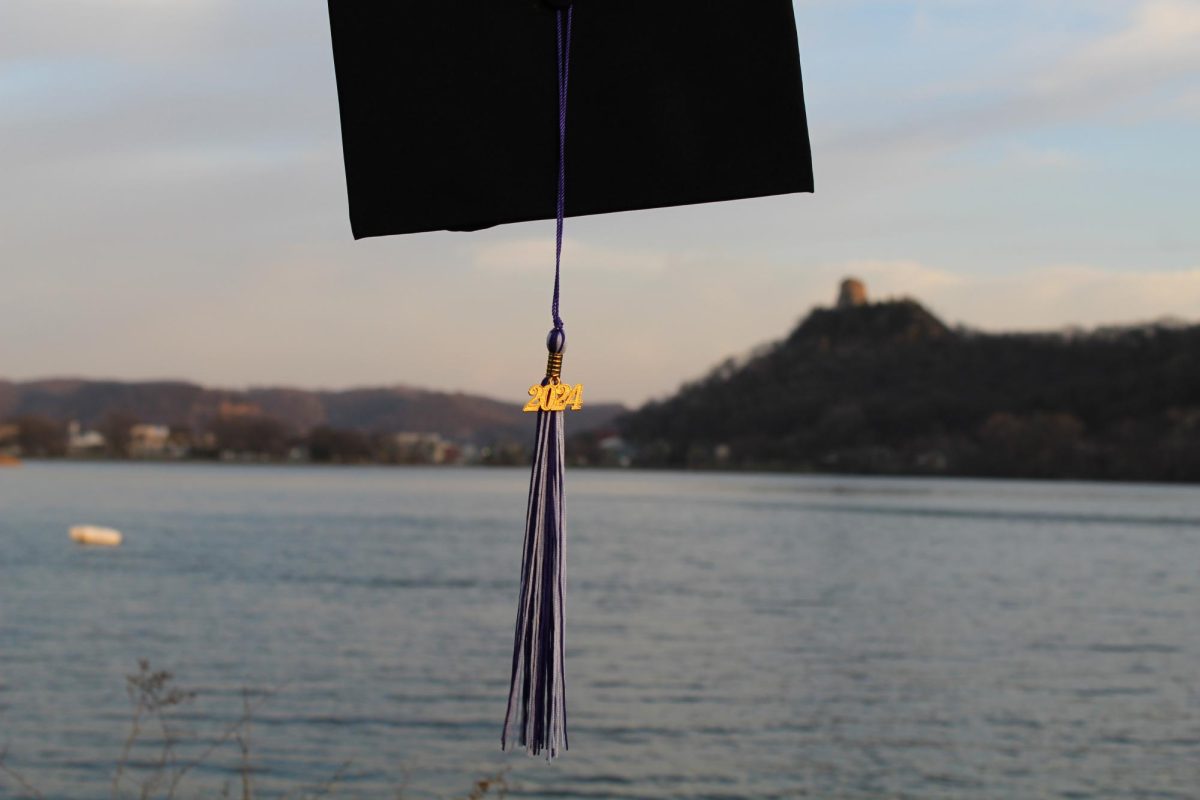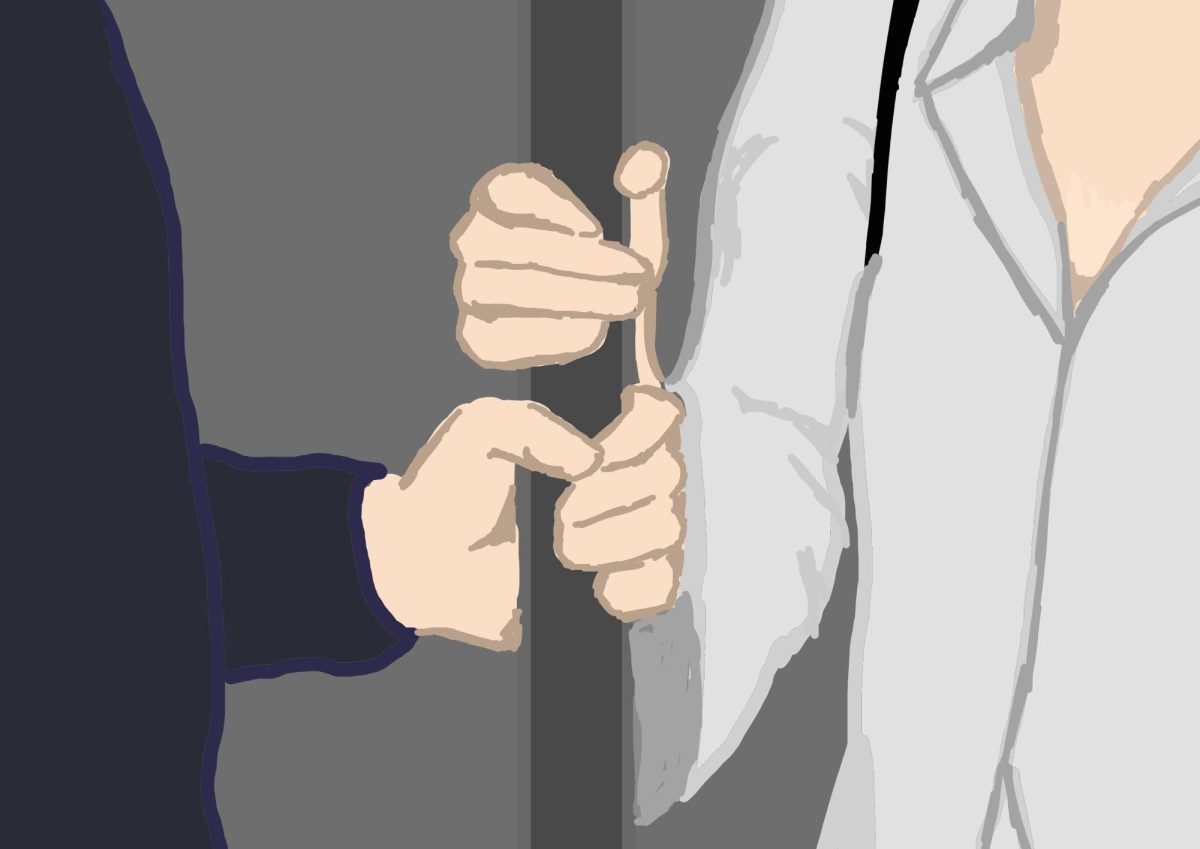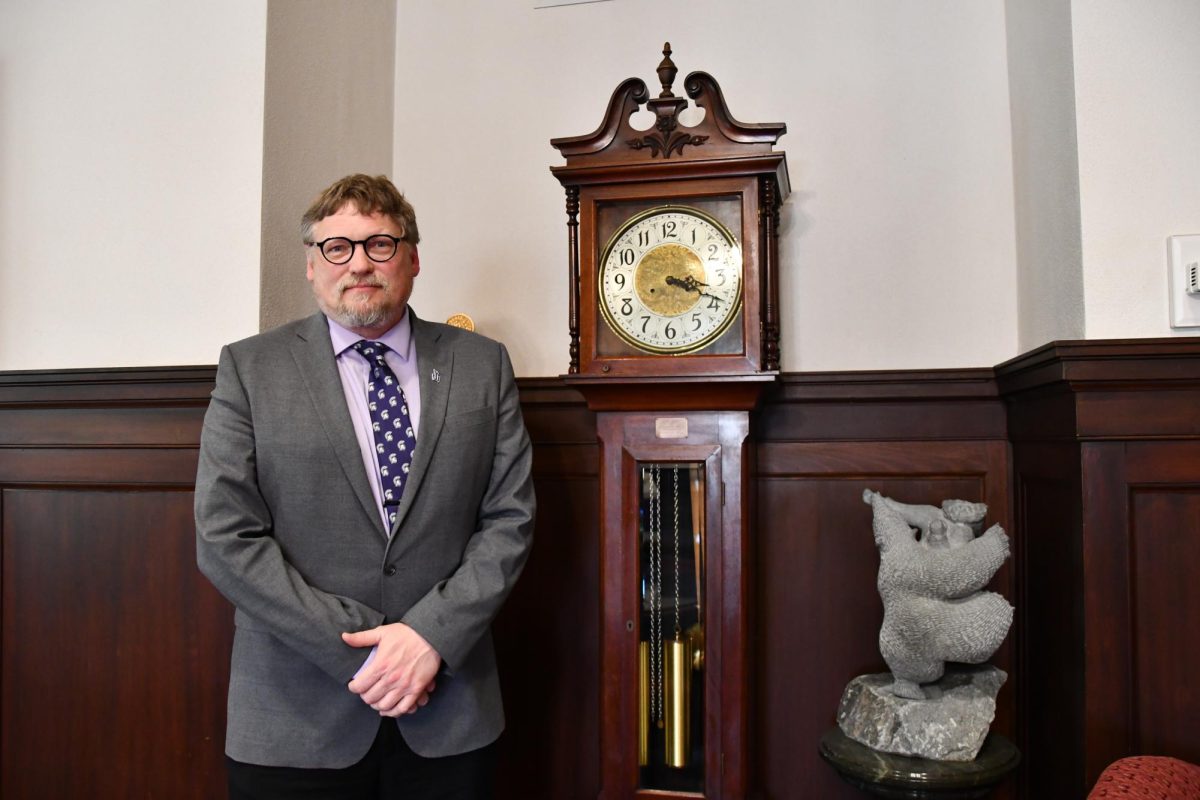Kaysey Price / Winonan
According to last year’s campus climate survey, 19.9 percent of Winona State University students said they had experienced some form of sexual assault, which equates to one in five students. The statistic is not new or higher than other campuses, but still points to a serious problem on campus.
With the recent conclusion of the investigation of one of the more publicized sexual assault complaints on campus involving former men’s basketball coach Mike Leaf and a student, the question of how to stop sexual assault is still ringing.
Winona State has multiple initiatives in place to combat sexual assault: the current RE Initiative, the Peer Advocacy Program, the Bystander Intervention Program, etc., but the issue does not seem to be going away.
Part of the problem, which may be perpetuating sexual assault on campus, is underreporting.
“We had 305 students of the 1,535 who took the survey who had reported unwanted [sexual] contact, and I think it was 23 that said they reported in some official way,” Professor Tamara Berg said.
That is only 7.5 percent of victims reporting their attackers.
The university has the authority to bar an individual from coming on campus or to authorize a dorm room or class switch for a victim, but disciplining a perpetrator is still fairly limited, especially if the perpetrator is a staff member who chooses to resign before action can be taken.
Another problem may be the fact that the university’s disciplinary action, when it comes to perpetrators of sexual assault, is limited.
In the complaint against Leaf, standard protocol was followed as closely as possible, but President Scott Olson was still unable to carry out any disciplinary action.
Olson hypothetically compared disciplining an accused, resigned Leaf to disciplining someone for spray-painting ‘Winona Sucks’ on a campus building. They could do an investigation and even find video footage of the hypothetical person in the act, but Olson would have no disciplinary authority.
“No, there was no discipline, because I am limited in who I can discipline to students and to people who work here,” President Olson said.
The top priority for the university is not discipline, however, it is keeping the students safe.
“I don’t think it’s the university’s job to fix a perpetrator…I think it’s the university’s job to make sure that this is a safe place for all students, and that means treating perpetrators like criminals,” Berg said.
When the top priority is protecting students, there is not room for rehabilitating a perpetrator on campus, which usually means simply suspending perpetrators from campus.
“That might push the problem out to the larger society…hopefully that person will either take seriously that punishment and think about what they’ve done and maybe come to a self-realization or, unfortunately, maybe they will perpetrate another crime and end up in the criminal justice system,” Berg said.
While little can be done in the form of discipline for perpetrators on college campuses, a rehabilitation program may be the next step to stop sexual assault.
“Research tells us it’s a very small number of [mainly] men who are perpetrating crimes of gender-based violence over and over, so maybe they do need to be rehabilitated, but at a university setting, your priority is keeping your students safe,” Berg said.



























































